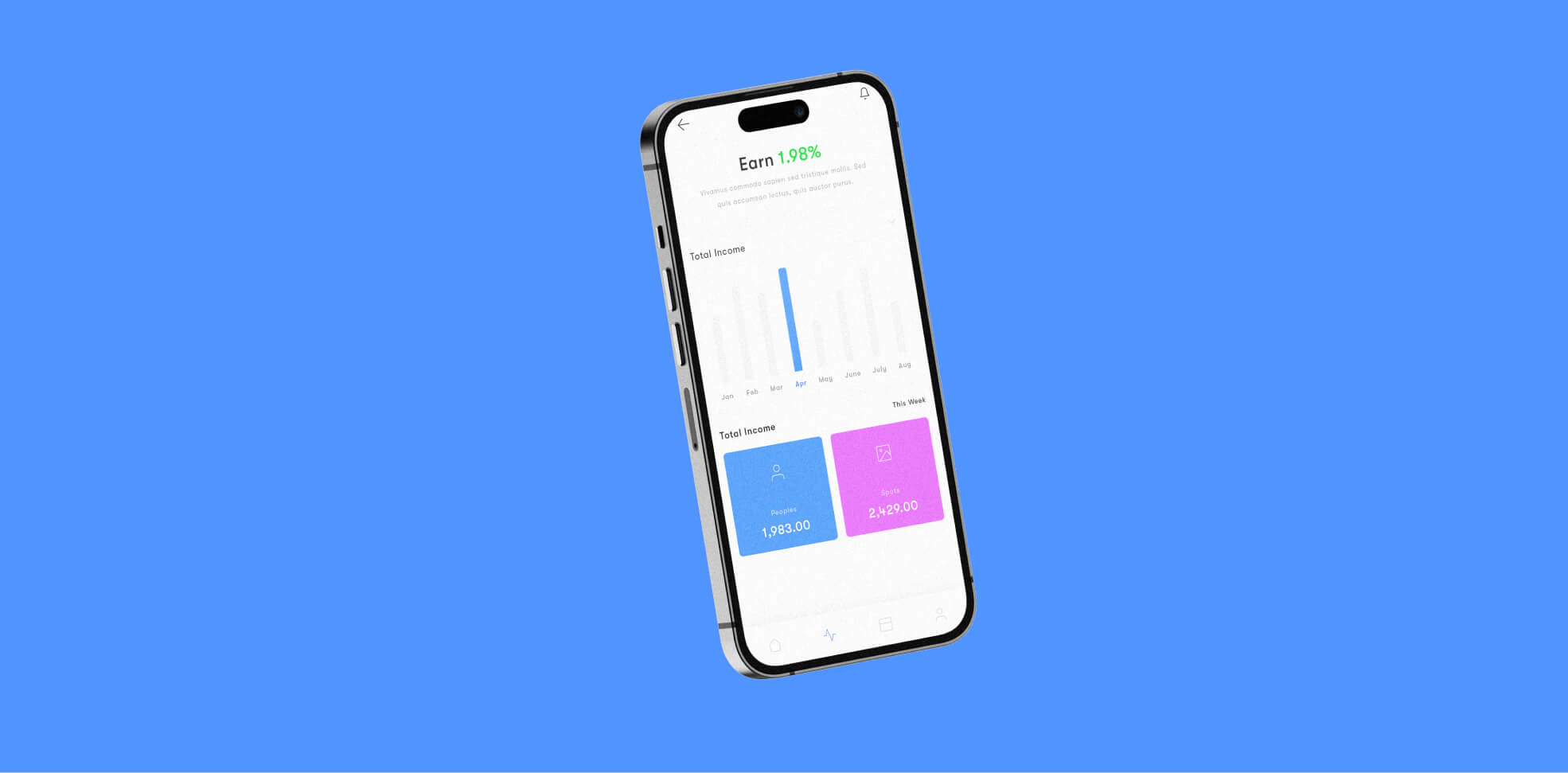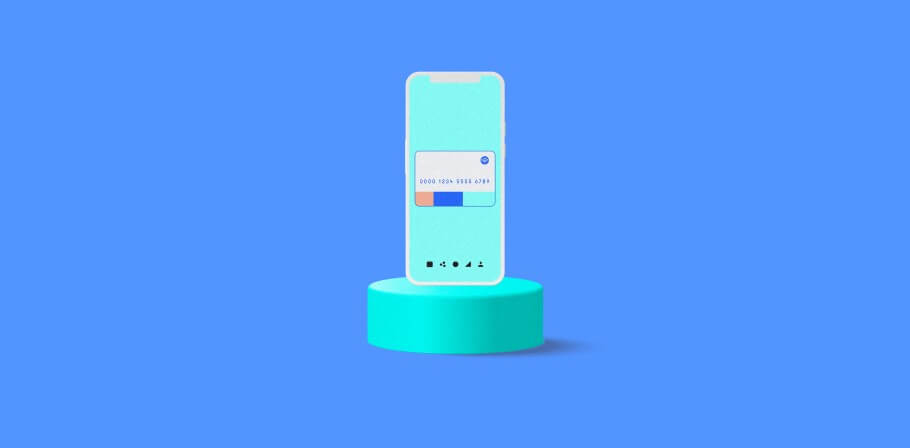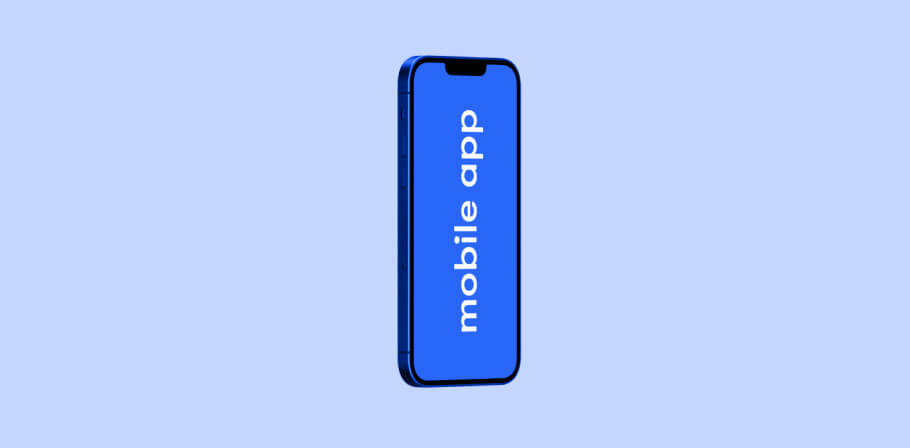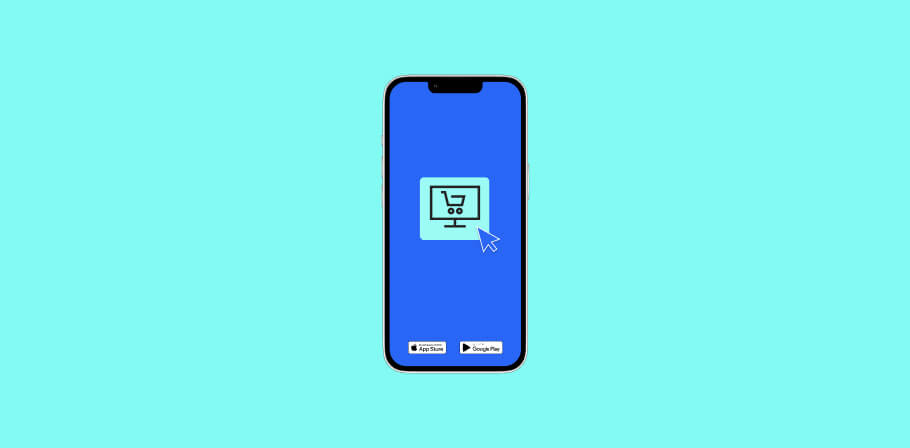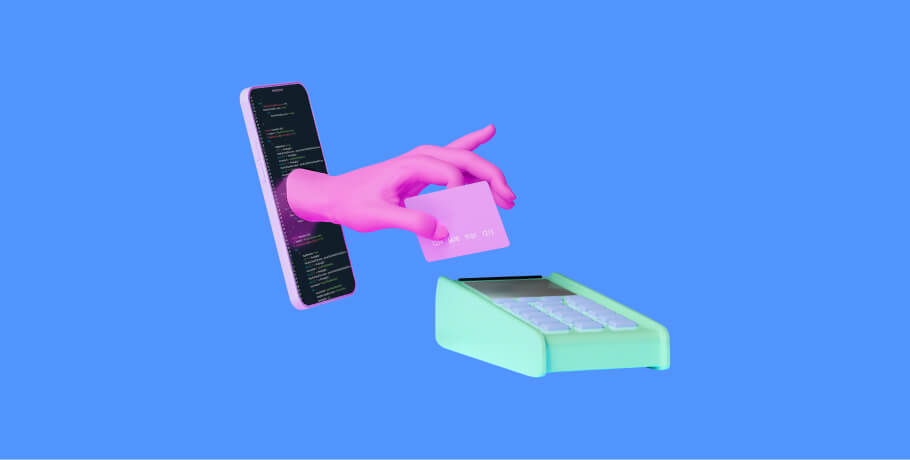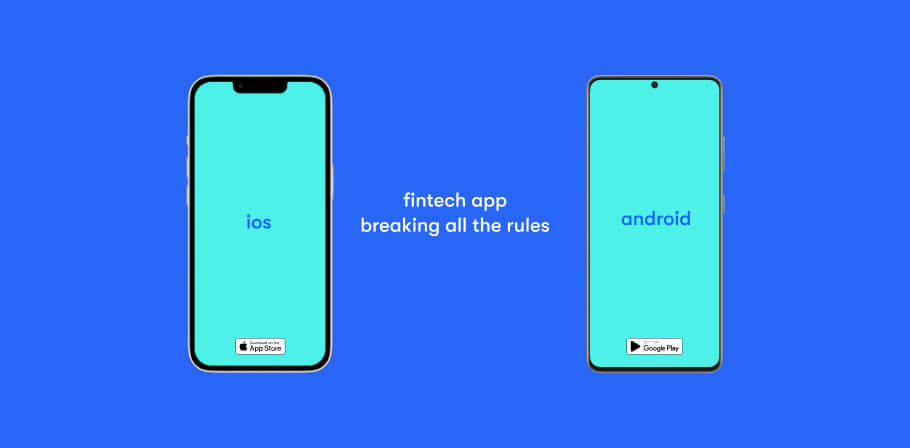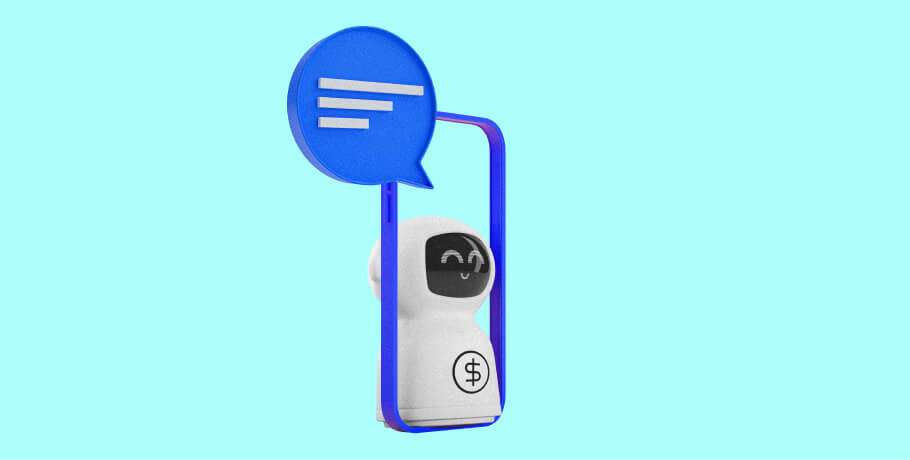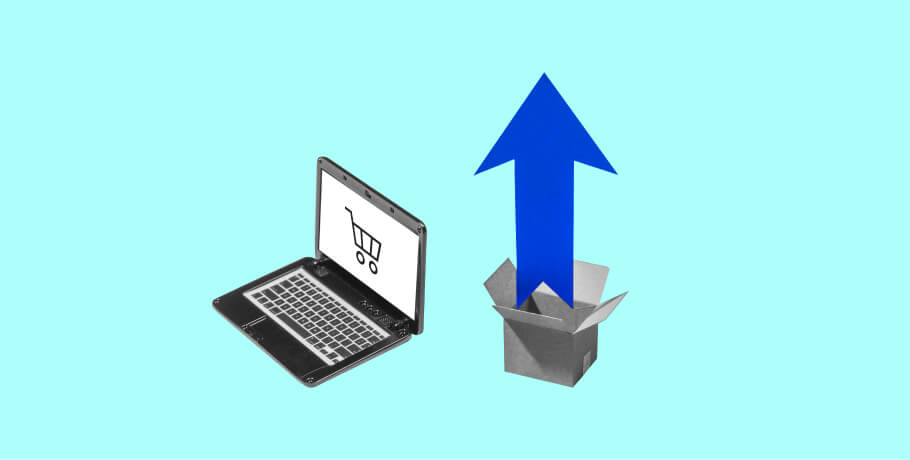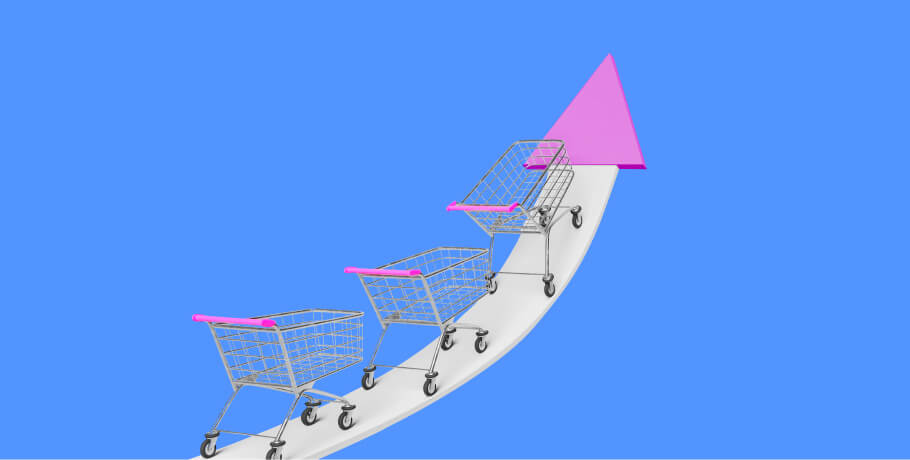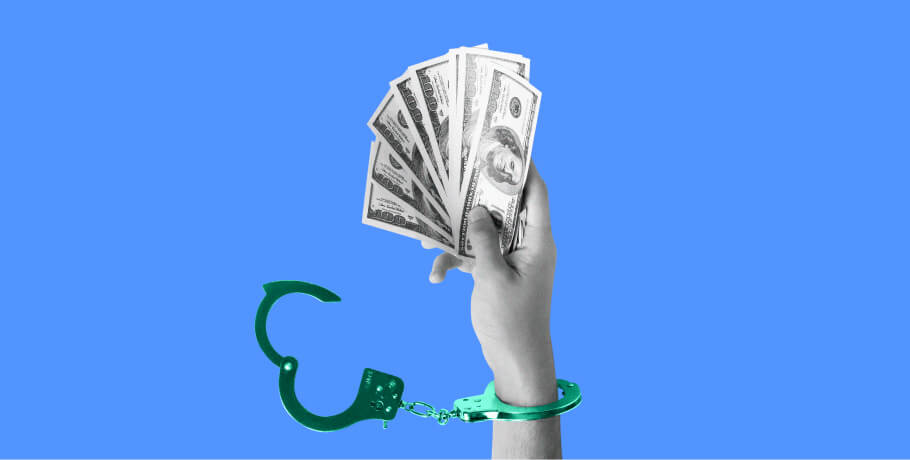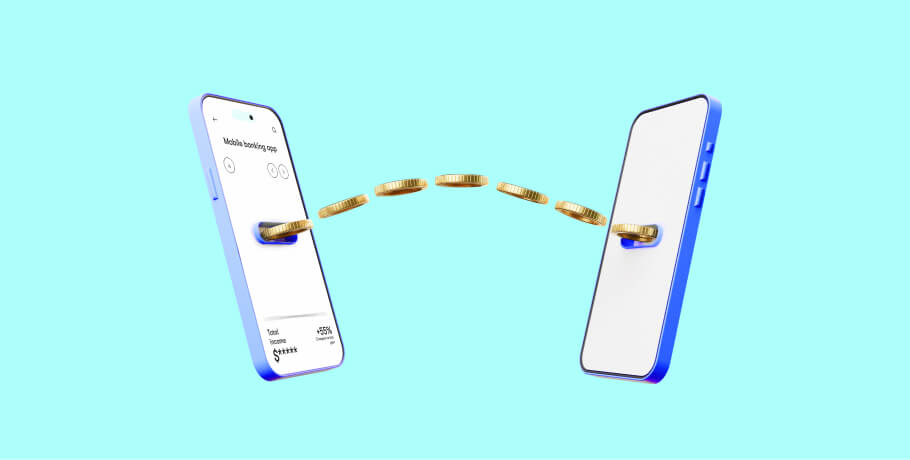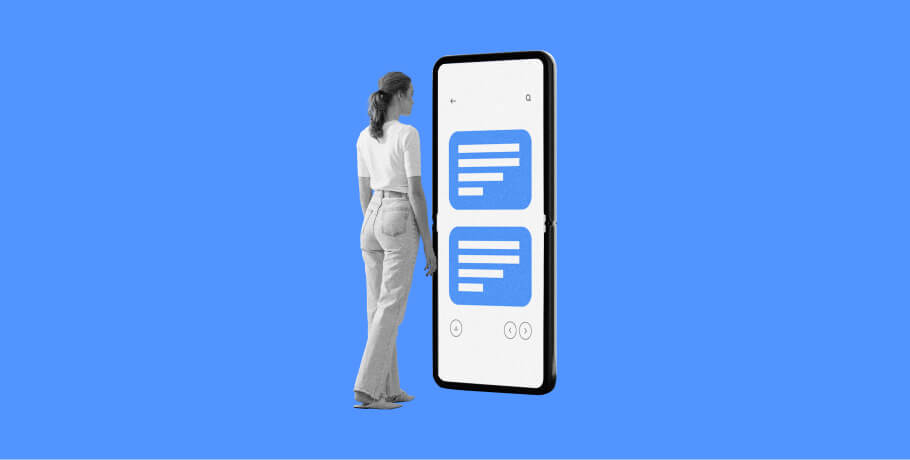Personal finance apps have been in high demand for a while now, and the global pandemic made people even more observant about their spending. Also, with Gen Z transitioning into adulthood as the first generation who finds using technology completely natural in all aspects of their life, the need for financial applications and innovation in the field is on the rise.
In general, personal budgeting apps help people navigate their spending and savings. That being said, the market has grown so much that we now see finance apps targeted at the particular needs of different groups: people dealing with economic instability, those monitoring their savings and investment performance, and sectors such as couples, families, or groups of friends, sharing costs, and more.
In this article we will explain how to create your own budget app — the market constraints and opportunities to consider, an overview of types of apps as well as user needs in the field, essential features, proper tech stack, and the processes involved in executing it all. In the end, you should have a complex overview of all business and technical aspects that will help you start a finance app and increase your chances of success — and how EPAM Startups & SMBs is here to help you achieve those goals.
Why is the personal finance market so promising in 2024 and beyond?
2024 kicks in with continued growth of digital banking and increased adoption of Personal Financial Management (PFM). Creative solutions that make managing money easier have been an especially successful branch of financial products for a while now. We’ve seen fintech focusing on the users who struggle with money management, as well as those aiming for financial freedom.
According to Forrester, in 2022 banks achieved double-digit growth and accelerate their digital transformation even further. This lays out a bright future for sustainable finance products, open finance, fintech companies, and technologically skilled fintech talent.
These days, new apps spring up like mushrooms, with around 2.8 million apps available on Google Play and approximately 2.2 million on the Apple App Store. Worldwide mobile app revenues have been continuously growing since 2013, and were expected to reach USD 935.2 billion in 2023. As consumers worldwide continue to grapple with the financial uncertainties caused by lockdowns and other restrictions, budgeting apps have become a popular way to keep an eye on spending and saving habits.
At the same time, staying home during the pandemic convinced more users to give digital banking tools a try. According to the Digital Banking Attitudes Study by Chase, 54% of consumers started to use these tools more since the Covid-19 outbreak. 99% of Gen Z and 98% of Millennials use mobile banking apps and manage their accounts from there. Gen X and Boomers use mobile banking apps a little bit less (86.5% and 69.5%, respectively) and perform fewer account-related tasks on mobile devices. That being said, the vast majority among the four age groups is familiar with mobile banking.
Why do so many people use mobile apps to control their budget?
According to a National Payroll Week survey, 34% of Americans would find it very difficult to meet their financial obligations if they were facing a one-week paycheck delay. People need tools to stay on top of their budget:
- Make sure they are prepared for the upcoming predictable costs, such as house expenses, mortgage, and taxes
- Get ready for extra expenses like holidays or buying school books
- Save toward financial goals like buying a car, organizing a wedding, or going for a tropical vacation
- Track their spending on a daily basis to see how much of their weekly/monthly budget they have left and how it changes after each purchase
- Track due dates for bills
- Share life costs with partners or flatmates
Several studies have found that people spend more when paying with a credit or debit card. According to Psychology Today, paying with a credit card makes it more difficult to run a cost-benefit analysis, as buyers focus on the benefits of the purchase instead of the cost, since the actual payment is made much later. This awareness gap can be filled by mobile spending trackers.
Navigating a personal budget is a complex undertaking, and mobile apps make it much easier and more time-efficient. The market is constantly growing as people struggle with different financial challenges, have different goals, and approach their money differently. There are applications that simplify monthly budgeting, debt payoff, wealth management, sharing expenses, and much more.
Types of personal finance apps people love
Let’s now go through the types of personal finance apps available, check the most widely used players in this space, and highlight growing stars of budgeting solutions. UX designers and marketers keep on repeating how the user should come first, therefore we’ll divide the apps according to the primary user problem they solve.
Budgeting apps
The most popular type of personal finance apps. They usually ing a a connection with different bank accounts, track spending, and categorize expenses in order to help users analyze their spending and achieve their financial goals.
- Mint is a free app that tracks and categorizes transactions based on the data from synced bank accounts. It alerts users when they’ve exceeded their budget overall or in a particular category. It also monitors accounts for suspicious transactions, providing an extra security layer.
- YNAB (You Need A Budget) specializes in helping people save money and get out of debt. It’s accessible on iOS, Android, and desktop. The app focuses on building efficient budgeting habits. It provides goal tracking, reporting on financial habits, and an extensive educational platform.
- Spendee is an intuitive tool that offers cash flow tracking. It supports customers in spending less by setting smart budgets in different categories and simplifying budget management. Even though it looks simple, Spendee offers advanced features, such as heavy customization and supporting multiple currencies, in one account.
Sharing expenses apps
Money is one of the top reasons for disagreements between people who share their spending. Let’s see what apps help couples and friends manage their budgets (and stay together).
- Zeta is a free app adjusted to the needs of different types of couples, from those who are just starting their journey together to those managing a complex family budget. Users can use a free joint bank account, create budgets, track their spending, manage bills, or set up joint goals. It offers two-factor authentication and data encryption to ensure security.
- Splitwise's key features include recording shared expenses (by % or share) and easy payments between users. It allows splitting costs with different groups at the same time and checking who owes who, and how much. There are free and paid plans to choose from.
Peer-to-peer lending apps
- Jiedaibao is a Chinese fintech application that enables users to lend and borrow money among themselves easily.
- Prosper is the first peer-to-peer lending platform in the US. It was launched in 2005 and recorded over 1 million active borrowers. It offers personal loans directly between borrowers and investors.
- Lenme makes lending and borrowing money really easy. The application offers an outstanding user experience that ensures the process is not only fast but also pleasant.
Core and advanced features to include when you make a personal finance app
The full list of app features is always strictly dependent on a target group, problems that the app is addressing, and its Unique Selling Point. However, there are features that we’ll find in most personal finance products, despite their specialization. We can divide them into core and advanced depending on their complexity from the user and technical points of view.
Core Features
User profile all account details
As in any app, users need to be able to access and change their account details.
Account creation and user authorization
The process should be fast and convenient, but it cannot compromise security, as we’re dealing with confidential information and will provide synchronization with bank accounts.
Secure and convenient passcode
Some of the most popular access methods include pin, fingerprint, and SMS authentication.
Linking to bank accounts and credit cards
As mentioned above, security is a key factor here.
Track transactions (expenses, allowances, and incomes) and check history
Provide an overview of all user’s transactions, show them on a timeline, and filter by dates and time periods.
Manage categories
Manage spending and income categories like house, food, travel, etc. Search and filter transactions by category.
Track multiple bank accounts
These days people rarely use one bank provider — they need third-party apps to have control over their entire financial situation.
Scan receipts and bills
Some payments are still made with cash and users want to be able to track those without the need to manually insert all the data.
Export and import a report to email, spreadsheet, HTML, CSV, or PDF
Providing users with control over their data is crucial since money management is a confidential issue. Also, power users might want to use the data for further analysis or use it in other tools.
Send push and email notifications
Users need alerts about low balances, increased spending, upcoming bill payments, but also thumbs up when they spend less or achieve other goals.
Advanced Features
Set goals
People use budget management apps to achieve different types of financial goals. Usually, they’re about spending less or saving more. To make it more interesting for the users, you can apply gamification into the process or find other ways to make achieving goals more interesting.
Synchronization and backup
To secure all data it’s recommended to provide automatic sync between devices and automatic backup on a third-party platform such as Dropbox, Google Drive, and other cloud storage.
Desktop app
We’re focusing primarily on mobile solutions in this article, but some people like to use desktop apps, especially when managing more complex features.
Manage investments
For investment apps, it’s important to allow management of different investment types: stocks, real estate, mutual funds, etc.
Loan or credit card payoff calculator
Those who are on the red will find it really useful to automatically calculate the payoff.
Currency converter
If your focus is on digital nomads or frequent travelers, this may be a real game changer. You can also think of adding some basic cryptocurrencies, as they are constantly gaining more popularity.
In-app calculator
Advanced users make more calculations than most of us can think of. Providing them with an in-app calculator will make their specific calculations easier.
Create a shopping list
Shopping lists may be a convenient feature for couples, flatmates, and other people sharing expenses.
Other features that will delight the users of your app
This is a place where you can use your imagination and a fintech software development company to come up with ideas that will differentiate your product’s position in the market, make the users love it, and outdo your competitors.
WONDERING HOW TO START A FINANCE APP?
Our experienced team will help you develop your idea and launch a successful project.
Tech stack to build a financial app
A tech stack is a set of software tools — programming languages, frameworks, libraries, etc. — used to build an application. Its specifics depend on the project type, its requirements, and industry standards. Let’s go over how to choose the right tech stack to build a personal finance app.
Once you’re determined to build your own application, you will be looking into custom software development solutions — hiring your own team, working with freelancers, or an agency. The best choice depends on your technical literacy and fintech experience. If you’re not able to manage the team and verify their work quality on your own, it’s probably best to work with a custom software development company with quality measures and an optimal delivery process in place. Make sure to verify industry experience and customer reviews when choosing your software partner.
Things to consider when choosing the tech stack for your personal finance app development:
- Product complexity
- Development speed
- Budget
- Security
- Integrations
Frontend tech stack
The frontend is the part of an app with which users interact directly. It’s usually a combination of HTML, CSS, and JavaScript, matched with frameworks that speed up the development process and ensure optimal architecture. The most widely used frameworks in fintech development include Angular, React, and Vue.js.
Backend tech stack
The server-side of your application is responsible for the logic, storage, and data processing. The best programming languages for fintech products are Ruby, C#, C++, .Net Core, and Microsoft.Net.
Databases
Databases used in financial applications need to be reliable and secure. They have to be able to handle high workloads and ensure fast processing of user queries, as features such as filtering transaction history or tracking multiple bank accounts search through large datasets, including confidential information. Some of the best database solutions are ArangoDB, MongoDB, Kibana, and Cassandra.
Mobile Platforms
Decide whether you want to launch on iOS or Android at first. Make sure you check your target group statistics to make that decision. In case you decide to do both, it’s best to keep the development under one roof, no matter if you want to do it in-house or with an external partner. You can also consider cross-platform development like React Native or Flutter.
UX/UI Design
Both user experience (UX) and user interface (UI) design are crucial, as they are the layer of the app that users interact directly with. Financial products are complex and include a lot of data, but their overall goal is to make navigating a budget easier. Therefore, intuitive navigation is a must-have. Another important design role is to build trust. If you work with top designers, they will be able to power up the product with extra touches that may become your competitive advantage.
Non-trivial and proven monetization strategies for personal finance apps
At this point, we know a lot about the market and user needs. But what about how to earn money through financial apps? Let’s talk business.
Ads
Definitely not one of the most user-friendly ways to make money. However, if you want to ensure your application or some of its basic features are accessible to everyone by making it free, it may be the way to go. There are multiple platforms that enable app owners to start selling the in-app advertising space.
Premium fee
The most straightforward monetization strategy is to charge users for accessing the app or its premium features (the freemium model). It gives you full control over the budget as you can set your own prices and adjust them as your costs increase or decrease. The challenge here is to find the right ways to convince the users that the product is worth the money. Brand marketing should play a significant role in your promotion strategy in that case.
Data monetization
As your app becomes more popular, it gathers a larger user base and more data about people and their behavior. This information can be anonymized, qualified, and sold as big data. It can be used by other organizations to build or improve other products and services. Remember that you are obliged to inform users about this in your Terms of Use and the data has to be anonymized.
Partnerships
You can also find companies that provide complementary products or services, recommend them in your app, and earn a commission fee on every sale. Let’s say your app allows users to create shopping lists. You can provide a link to a grocery shopping app, where they can purchase the products. Or when your app registers that a user bought flight tickets, you can link to an online currency converter that offers low commission rates. Make sure that you only recommend legit companies. You don’t want to lose your users’ trust by recommending unreliable providers.
In-app purchases
In-app purchases are part of a freemium model. They allow users to purchase things through an application without the need of visiting another website. In the case of budgeting software, it could enable purchases of other financial services. An important note here: application stores (Google Play and App Store) take a percentage of each in-app sale. Many apps profit from such a model, whether it’s an educational app, basic utility app, or financial app.
Create a budget app that earns by helping to save
Design app architecture
The development process starts with UX and UI design. Before you jump into the coding phase, a software architect (an experienced technical specialist) should translate your requirements and design into a technical architecture plan. The architectural recommendations depend on stakeholders’ input, design, technical requirements, integrations with third-party systems, data sources used in the app, as well as libraries, frameworks, and other tools that should be used by the engineers. These specs define a detailed application structure that’s the basis for further development.
Choose the right platform
At this point, you need to decide which technologies you want to use for your personal finance app development. We briefly touched upon some of the best solutions above in the section about tech stack recommendations. If you’re not a programming expert, make sure you find good advisors who understand all the fintech requirements and always have your back.
Follow the requirements
Developing a finance app is not only about implementing the right features; it also requires complying with user requirements and official regulations. Here’s what you should bear in mind:
- Two-factor authentication: This can’t be repeated enough — your app will be dealing with sensitive information, and maybe even sync with banking systems, so you need to have top security measures in place.
- PCI compliance: If you operate with people’s financial data and use their credit card credentials, you must comply with the Payment Card Industry Data Security Standards (PCI DSS). Don’t worry — it’s rather easy to navigate, as they provide a checklist with 12-points describing security measures to implement.
- Follow open-banking best practices: Again, if you use people’s bank data you need to think of your products not only as yet another application on the user’s iPhone but also as an open banking service provider. The user’s data security and safety should be your top priority. Any sensitive data leak may jeopardize your whole business.
- Intuitive design: UX (user experience) can make or break a digital product, and so is the UI design. Users expect software to be intuitive, fast and look neat. Details such as choosing the right colors or optimizing the order in the menu are essential. Make sure you work with UX and UI experts who have experience working with fintech. Apart from delivering a good looking and intuitive product design, they will help you surprise and delight the users, and make them fall in love with your app.
- Clear financial reporting: Visualizations help people understand difficult concepts. Those struggling with budgeting may find straightforward, intuitive reporting as a real game changer in their financial education. Provide your users with diagrams, graphs, and illustrations that display their resources and actions in a clear manner.
Implement the best monetization strategy
Choose the best monetization strategy for your business. You can mix some of the strategies together and change it at some point if needed. Remember that your product will need money: First to survive, later to pay back initial funding, and finally to earn you steady income.
Launch an MVP and a marketing campaign
MVP stands for Minimum Viable Product and is the most basic version of a product that solves an essential user problem. The goal of an MVP is to learn as much as possible about customers with the least effort.
Marketing campaigns for an MVP should focus on bringing your MVP to the right audience, convincing them to try it, inspiring them to leave feedback, and finally becoming your brand advocates. The strategy typically consists of six steps:
- Analyzing the market and competitors
- Identifying target audiences
- Identifying the mission and positioning of a product
- Choosing the best marketing channels
- Creating and publishing marketing materials on the right channels
- Analyzing the results and adjusting the campaign.
How much should I invest to start a finance app in 2024? Market averages
As you can see, creating a finance app may be quite a complex undertaking. This complexity will be the biggest determinant in the cost of software development and your product expansion. A study run by GoodFirms estimates the iOS or Android app development cost as:
- $25 000-$91 000 in case of a simple app,
- $36 000-$131 000 in case of a complex app,
- $60 000-$211 000 in case of an advanced app.
Another important price factor is team localization. The most expensive regions to build a budget app are the USA, Canada, and Australia, while Europe and Asia are significantly more cost-effective. As with any service, the price is also highly dependent on the quality of both the final product and the development process (including things like communication, timely delivery, technologies used, or English proficiency).
EPAM Startups & SMBs expertise in personal finance app development
If you’re struggling to navigate the technical details of your project or need a reliable and experienced team to help you develop your idea, let’s talk! Our team has vast fintech experience. We built the CitiConcierge mobile app that transformed banking experiences for Citi’s clients at the branch. We also supported ImageNPay by creating a finance app that personalized the online payment experience by providing a user-friendly and highly customized payment system. Our team will be happy to help you choose the best tech stack for your product and help you all along the way.
Conclusion
Creating a personal finance app is a smart move in 2024. Even though there are many applications that people love already, the market is constantly growing and fintech is one of the world’s most innovative and dynamic industries.
Financial products come with a lot of requirements that seem quite complicated for people with little experience in the field. Therefore, having the right support in different product aspects, from business expertise through compliance, design, and programming, to marketing and strategy, is crucial to succeed. If we convinced you that building a budgeting application is worth a try, make sure your journey starts with focusing on users and their needs. And don’t forget about that as you develop, launch, and improve your product.
FAQ
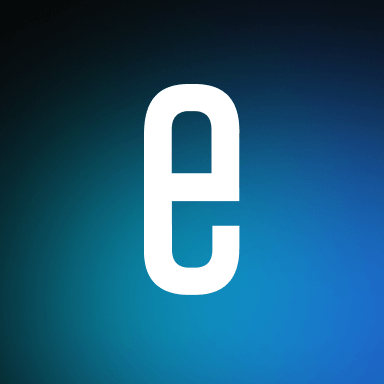
The Editorial Team of EPAM Startups & SMBs is an international collective of tech consultants, engineering managers and communications professionals who create, review and share their insights on business technology and project success tips.
The Editorial Team of EPAM Startups & SMBs is an international collective of tech consultants, engineering managers and communications professionals who create, review and share their insights on business technology and project success tips.
Explore our Editorial Policy to learn more about our standards for content creation.
read more
